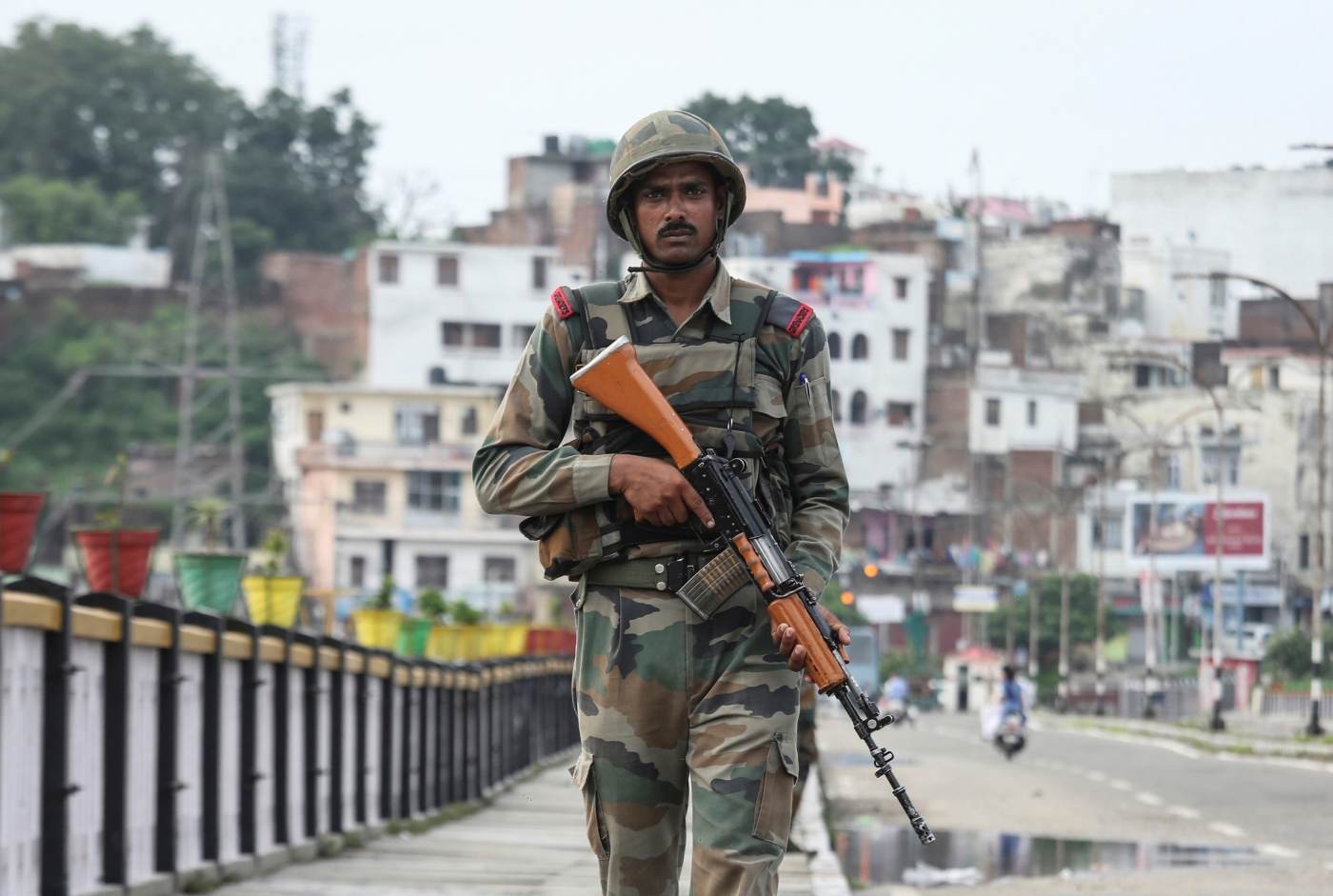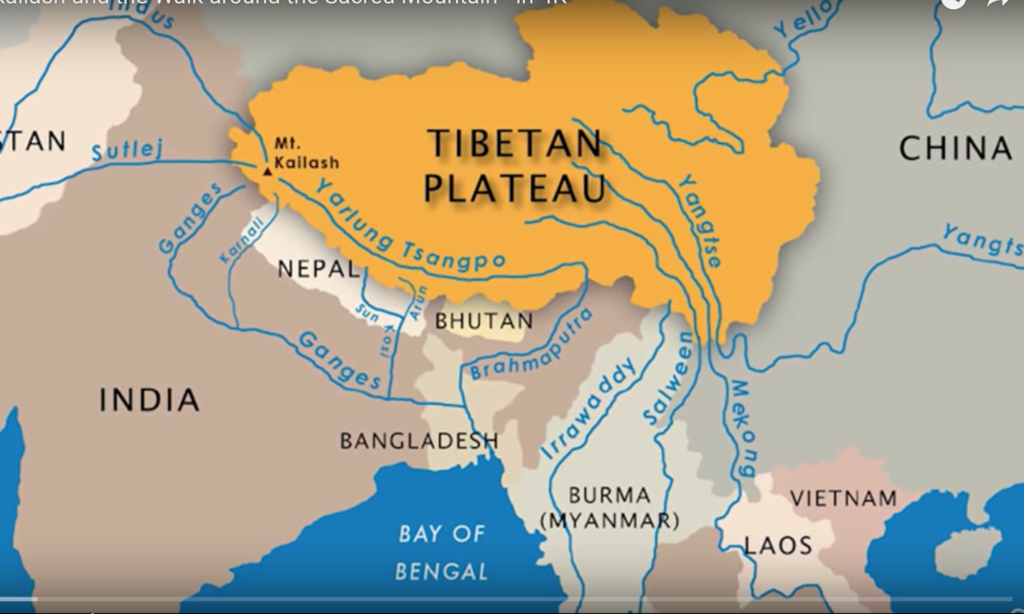Wonking Out: Are We in Another Housing Bubble? . people have been building houses for thousands of years; what could justify those extraordinary prices? ......... ........ Anyway, the bubble eventually burst, taking a large part of the financial system down with it. That is a worrying precedent, because housing prices have once again been rising rapidly. In fact, the average real price of housing in major markets is now higher than it was at its 2006 peak ......... America was effectively divided between Flatland — places where it was easy to increase the housing supply — and the Zoned Zone, where “a combination of high population density and land-use restrictions” made it hard to build new houses. And the big price increases took place only in the latter. ....... By the mid-2000s, real home prices at a national level were up by “only” about 50 percent, a number you could, with painful intellectual contortions, try to justify on the basis of low interest rates. But there was no way to justify the 100 percent or more increases we were seeing in places like Miami and San Diego. ........ the reason the national average is so high is that prices are surging everywhere — even in small towns that used to be bargains. ........ This time, however, record home prices haven’t led to a boom in housing construction ......... It’s the supply chain, stupid. Look at what is happening to the price of building materials ........ Real estate people I know tell me that there’s still a feeling of unhealthy frenzy, and people who paid high prices for small-town houses may regret it once supply chains get unsnarled and more houses get built.
Let Innocent Afghans Have Their Money . The Afghan government had been heavily dependent on foreign aid, which was largely cut off when the Taliban took power. .........
International assistance made up 45 percent of Afghanistan’s gross national product and funded 75 percent of the government’s budget.
Doctors, nurses, teachers and other essential government workers haven’t been paid in months, and it’s not clear when they will ever be. The Taliban remain on the U.S. sanctions list, so the international community has refused to give them money. .......... Right now the entire financial system in Afghanistan risks collapse. Ordinary people who have nothing to do with the Taliban have been largely cut off from the international banking system, simply because they live in Afghanistan. Even though U.S. Treasury Department officials say that the central bank of Afghanistan is not under sanctions, financial institutions around the world are treating it as if was. Foreign banks are refusing to wire money to Afghanistan, not only because they don’t want to deal with the reputational risk, but also because they fear that the long arm of the U.S. Treasury might one day punish them for it. Many banks say it is not worth the hassle. As a result, it has been difficult to get cash into the country. .......... If the formal banking system in Afghanistan collapses, then the entire economy could be driven into the shadows, where illicit activities like kidnapping and drug trafficking would play an even bigger role than they do now. Entrepreneurs who could be a counterweight to the Taliban would struggle to survive. ......... The Biden administration was right to offer aid to stave off the immediate humanitarian crisis caused by hunger, drought and a harsh winter. The administration has also issued a flurry of licenses to allow personal remittances and humanitarian aid to pass through banks unmolested. But the very existence of those licenses implies that the rest of Afghanistan’s economy is off limits. That means shopkeepers can’t open lines of credit to import goods, and farmers can’t receive payment for their crops through international banks. Aid is not enough. Commercial activity is what feeds a nation. .........“The economy is not just in free fall; it’s being strangled”
......... The entire banking system could fall apart. ....... Since commercial banks in Afghanistan are required to keep some reserves in the central bank, hundreds of millions of dollars in the frozen overseas accounts are part of the life savings of Afghan citizens, which should not be rendered inaccessible because the Taliban took over the country. ......... the world will be treated to the spectacle of Americans and Europeans paying to mitigate a humanitarian disaster caused, in part, by the fact that many Afghans have been cut off from their own money. ......... When banks splinter and fail, they exacerbate crises, as happened in Yemen ...... Small efforts now could avoid big problems later — such as another mass migration in Europe. They could also preserve a toehold in the country. The war has been lost, but that doesn’t mean every institution that Americans worked with is destined to disappear. There’s still time to save Afghanistan’s central bank. .The U.S. Needs a Reset With Pakistan . For decades, U.S. policy toward Pakistan has been predicated on America’s goals in Afghanistan. Pakistan both helped and hindered the U.S. war on terror, making for a notoriously dysfunctional relationship. .......... The United States must treat Pakistan as a country in its own right, not as a fulcrum for U.S. policy on Afghanistan. That starts with America disentangling itself from the close military relationship with Pakistan. ......... Resentment is rife. America sees Pakistan’s support for the Taliban as one reason it lost in Afghanistan; Pakistan sees the Taliban insurgency it faced at home as blowback for partnering with America next door. In Washington the grim mood has led to talk of disengagement and sanctions. Neither approach will work or be satisfactory in the long run. ........ Pakistan, meanwhile, wants a broad-based relationship with the U.S. focused on geoeconomics — which is not realistic. ........ a repetition of the old, failed cycle, missing the opportunity to steer Pakistan away from its own harmful overreliance on the military to a more productive future. ........ It would be smarter and safer for the United States to pivot to a multidimensional approach that acknowledges the realities of the country and its neighborhood. Pakistan is a nuclear-armed country with a population of more than 220 million, neighboring not just Afghanistan but also Iran and Pakistan’s close friend China and nuclear-armed rival India. Pakistan faces immense domestic challenges, including with governance and terrorism. It also has unrealized economic potential. ........... military spending accounts for about 16 percent of Pakistan’s annual expenditures. (U.S. military spending accounts for 11 percent.) .........
Pakistan’s dominant military has kept active the specter of potential conflict with India, and its intelligence services have cultivated relationships with an array of dangerous nonstate armed actors.
......... Once America’s reliance on Pakistan’s military is explicitly and clearly reduced, U.S. policy toward Pakistan can be steered toward economic and other forms of engagement. ....... The United States is Pakistan’s top export destination .......... Mr. Biden’s focus is on the Indo-Pacific. ....... Pakistan is simultaneously important and complicated. .Four critical ingredients that Pakistan needs to rev up its economy and realize its potential Pakistanis working abroad sent home about $18.5 billion in FY2014/15 which contributed to financing the trade deficit. ........ The share of investment to GDP remains minimal at 15%, about half of the South Asian average at 30% and one of the lowest in the world. This means not that enough infrastructure is being built, people don’t have access to sufficient levels of energy and water, the quality of schools and hospitals are not optimal. ........... One of Pakistan’s biggest assets is its large and young labor force. But this young population will contribute to higher and sustainable growth only if it’s healthy and well educated. .
Afghanistan Is in Meltdown, and the U.S. Is Helping to Speed It Up . The United States should swallow the bitter pill of working with the Taliban-led government in order to prevent a failed state in Afghanistan. Kneecapping the government through sanctions and frozen aid won’t change the fact that the Taliban are now in charge, but it will ensure that ordinary public services collapse, the economy decays and Afghans’ livelihoods shrink even further. ....... Afghans are already on a countdown to calamity. Their cash-based economy is starved of currency, hunger and malnutrition are growing, civil servants are largely unpaid, and essential services are in tatters. ......... It’s no surprise that the United States and its allies responded to the Taliban takeover with punitive measures: halting the flow of aid that had been paying for three-fourths of public spending, freezing Afghan state assets abroad, cutting the country off from the global financial system and maintaining sanctions on the Taliban — which now penalize the entire government they head. That playbook is how Washington typically tries to punish objectionable regimes. But the result has been catastrophic for civilians. ....... Devastating droughts, the pandemic and the Taliban’s incompetence in governing have all played roles in creating what may be the world’s worst humanitarian crisis. But the West’s immediate steps to isolate the new regime triggered Afghanistan’s meltdown. This was especially the case because the countries that shut off the aid spigot had, over 20 years, enabled the Afghan state’s dependency on it. ......... I’ve seen over the past two decades how Western powers have consistently overestimated their ability to get Afghan authorities — whoever they are — to acquiesce to their demands.














